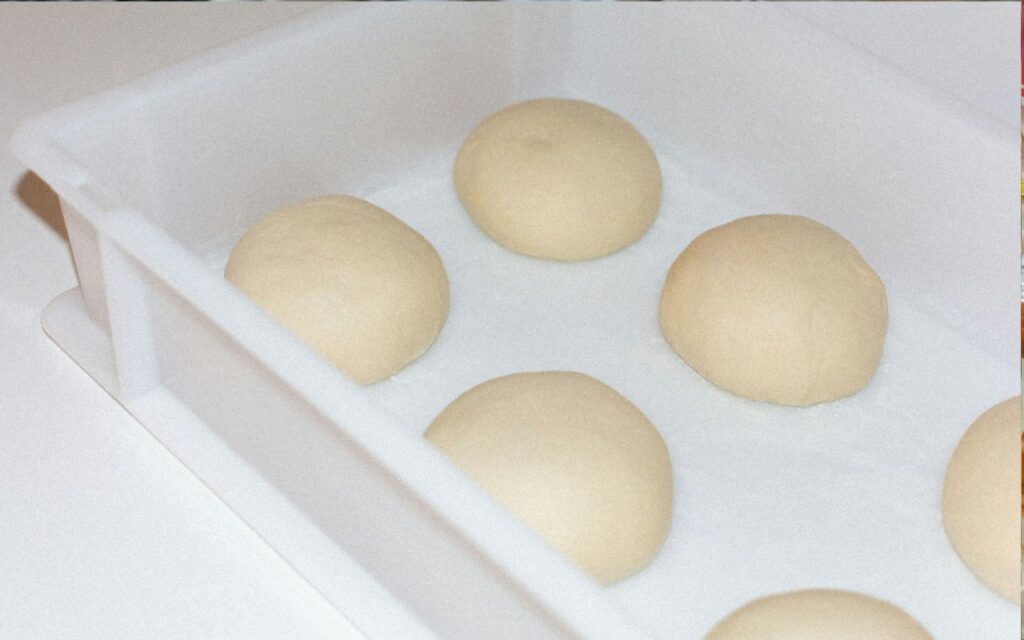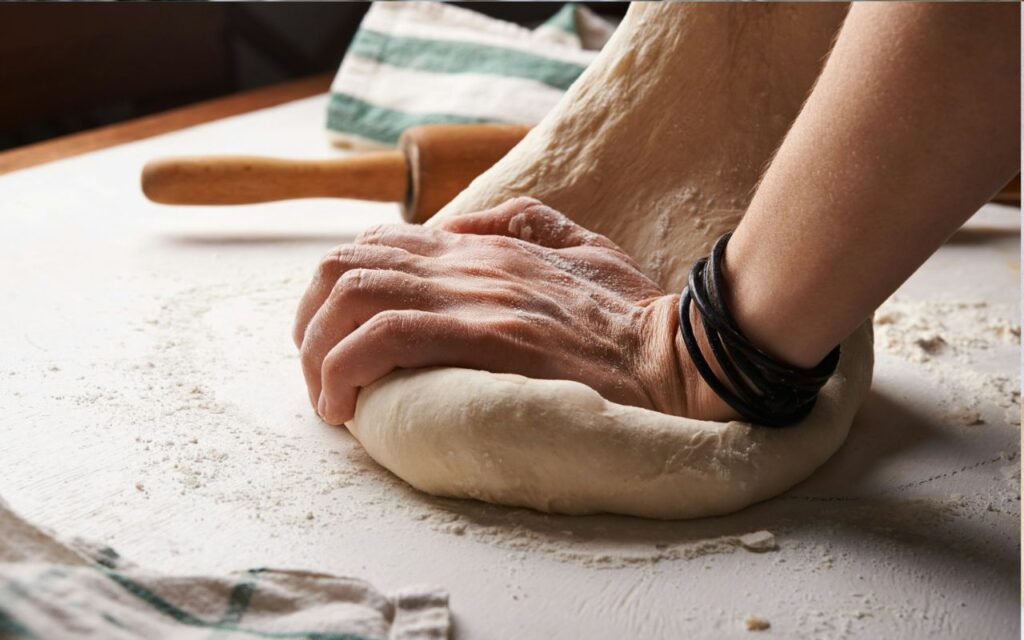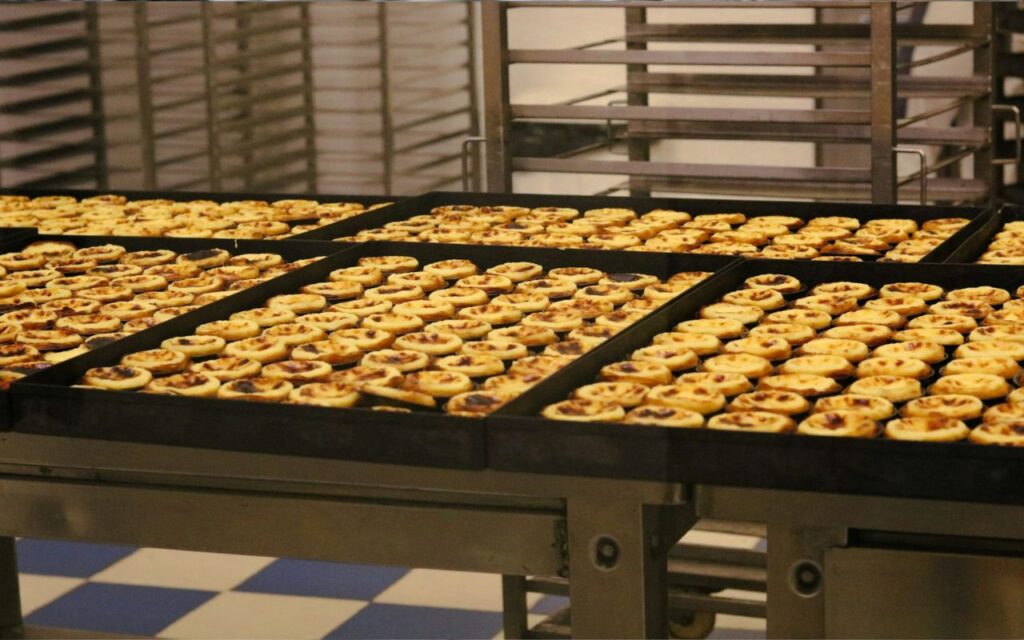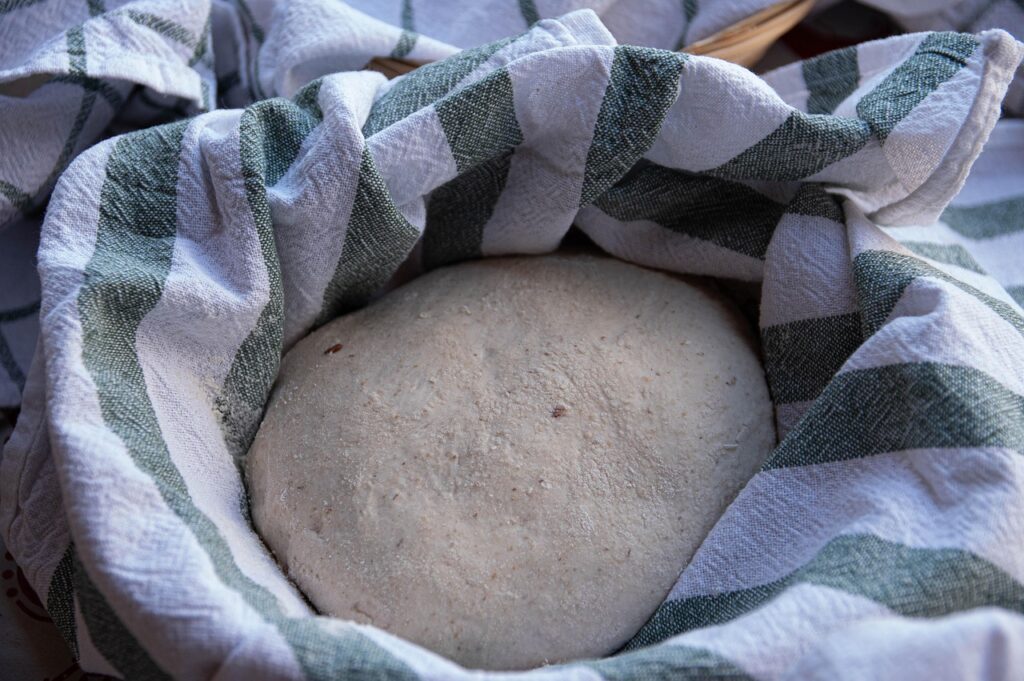How Chains Keep Biscuits Light And Flaky Through Service

Food service chains consistently deliver light and flaky biscuits, delighting customers with impeccable texture even through busy service hours. This article explores the techniques and innovations chains use to achieve bakery quality results at scale. From precise ingredient handling and dough mixing to advanced baking methods and packaging innovations, every step matters. Each section below highlights a key strategy employed to keep biscuits irresistibly flaky, whether baked fresh or held for later service.
Cold Fat Incorporation

The heart of a flaky biscuit is cold fat; typically butter or shortening, precisely cut into the flour. In commercial kitchens, fat is kept chilled until use and quickly incorporated with minimal handling. This ensures pockets of unmelted fat remain in the dough, which turn into steam during baking to create distinct layers. Chains invest in temperature control and fast, efficient mixing techniques so biscuits retain a tender, lofty crumb throughout service.
Proper Dough Handling

Gentle mixing and folding are key to preventing excess gluten development in biscuit dough, which helps maintain a delicate, airy structure. Chains train staff to mix just until ingredients are combined, emphasizing the preservation of air pockets and careful dough handling. Ensuring uniform dough thickness supports even rising and prevents biscuits from flattening. This careful technique sustains flakiness and tenderness, whether biscuits are served fresh or reheated during busy service periods.
Hot Oven Baking

Biscuits are baked in preheated ovens at high temperatures, which triggers rapid steam release from the cold fat and activates leavening agents like baking powder. This intense initial heat generates steam, trapping bubbles within the dough layers to produce a high, flaky rise. Chains strictly control oven timing and calibration to prevent over-baking, preserving moist interiors and golden, crisp crusts even during peak service hours. This balance ensures each biscuit is tender yet perfectly browned.
Layering Techniques for Flakiness

Many chains use folding or lamination in biscuit production, layering and folding dough to create thin sheets of flour and fat. This labor intensive technique, standardized for mass production, forms numerous delicate layers that bake into tall, tender biscuits. Uniform layering is critical to maintain consistency across batches and ensures biscuits remain flaky rather than dense over time. This method maximizes steam release during baking, resulting in the signature layered, pull-apart texture expected in quality biscuits.
Ingredient Quality and Ratios

Accurate measurements and consistent ingredient quality are essential for making perfect biscuits in commercial chains. They use low protein flours to achieve tenderness and monitor fat to flour ratios for ideal flakiness. Sugar and leavening agents are precisely measured to balance texture and browning. Controlling these variables ensures each batch delivers consistent flavor, texture, and mouthfeel. Strict quality control enables customers to enjoy uniform biscuits every time, reinforcing brand reliability and satisfaction.
Controlled Proofing and Resting

Resting biscuit dough before baking allows the flour to fully hydrate and the gluten to relax, preventing tough, dense biscuits. Chains incorporate chilled or brief proofing stages during production to control dough temperature and texture. These resting periods help develop moisture evenly, ensuring the dough rises properly for a flaky and tender crumb. Precise timing and temperature controls prevent over proofing while prepping biscuits for efficient baking and service, resulting in consistent high quality texture and freshness.
Use of Steam Injection Ovens

Steam injection ovens benefit biscuit baking by introducing controlled steam during early baking stages, which supports dough interior rise while keeping exteriors crisp. This steam prevents crusts from drying too fast, allowing biscuits to expand fully and develop flaky layers. The technology ensures biscuits stay moist and tender inside yet crunchy outside, even when baked in high volume successive batches. It helps maintain uniform quality and texture under heavy demand, resulting in consistent, appealing biscuits served fresh throughout service periods.
Packaging for Freshness in Holding

Packaging biscuits ahead of time is essential to maintain their freshness and flaky texture. Chains typically use breathable plastic films like polypropylene that create a moisture barrier while keeping flavor locked in. Popular packaging types include flow wrap and pillow packs, which ensure airtight sealing to protect biscuits from drying or becoming soggy. Some employ modified atmosphere packaging to control oxygen and humidity. Advanced machines seal packages quickly, preserving quality and texture during storage and transport. Proper packaging keeps biscuits tender and light until served.





